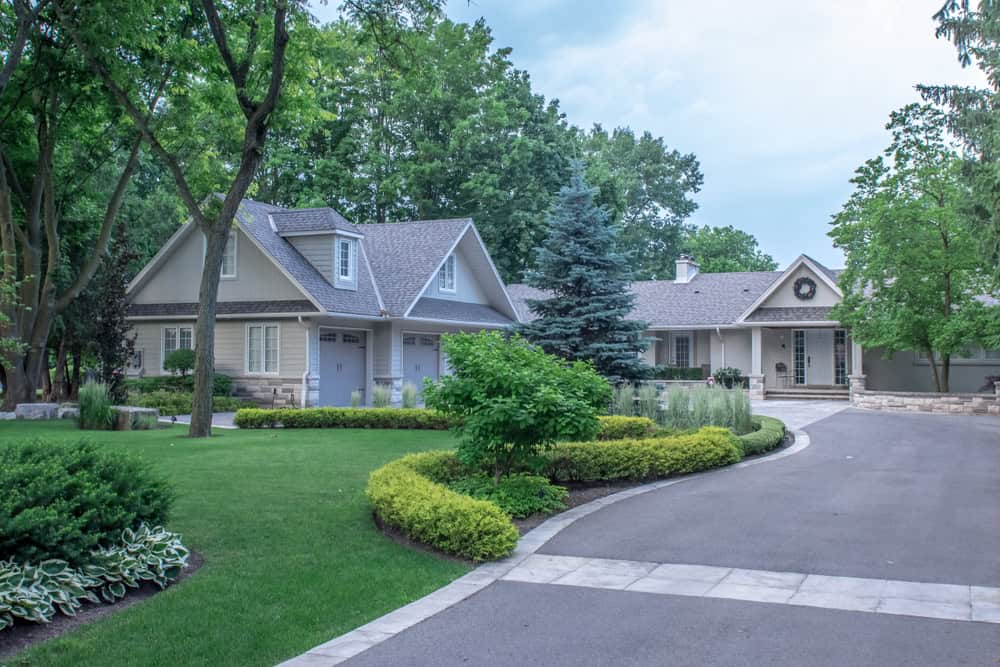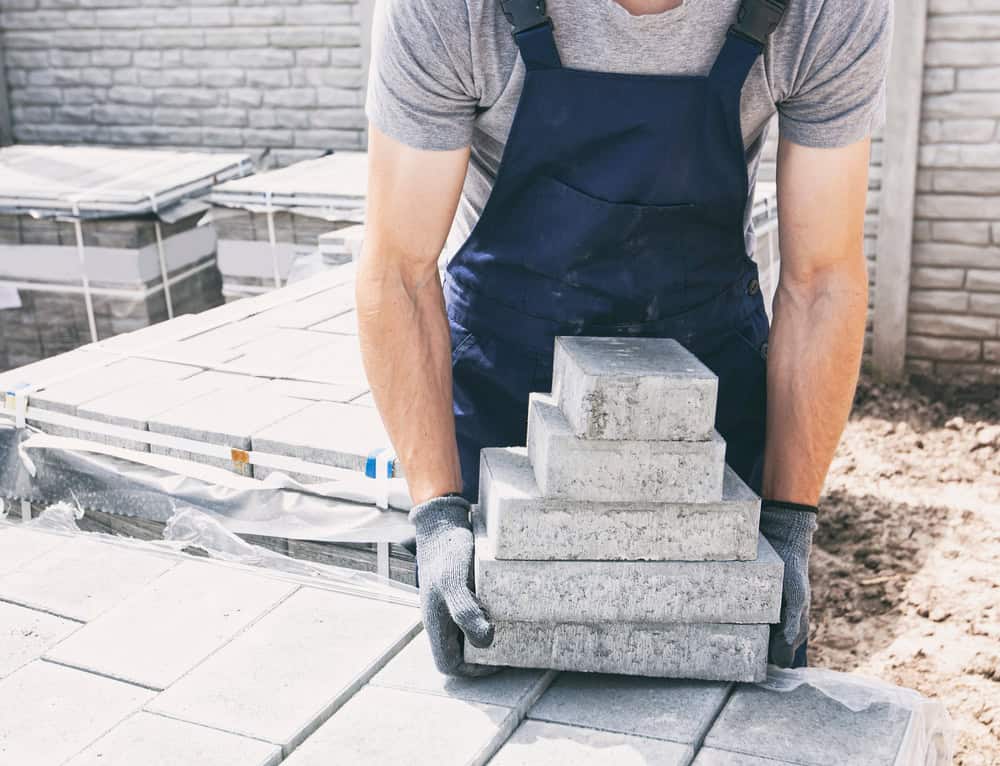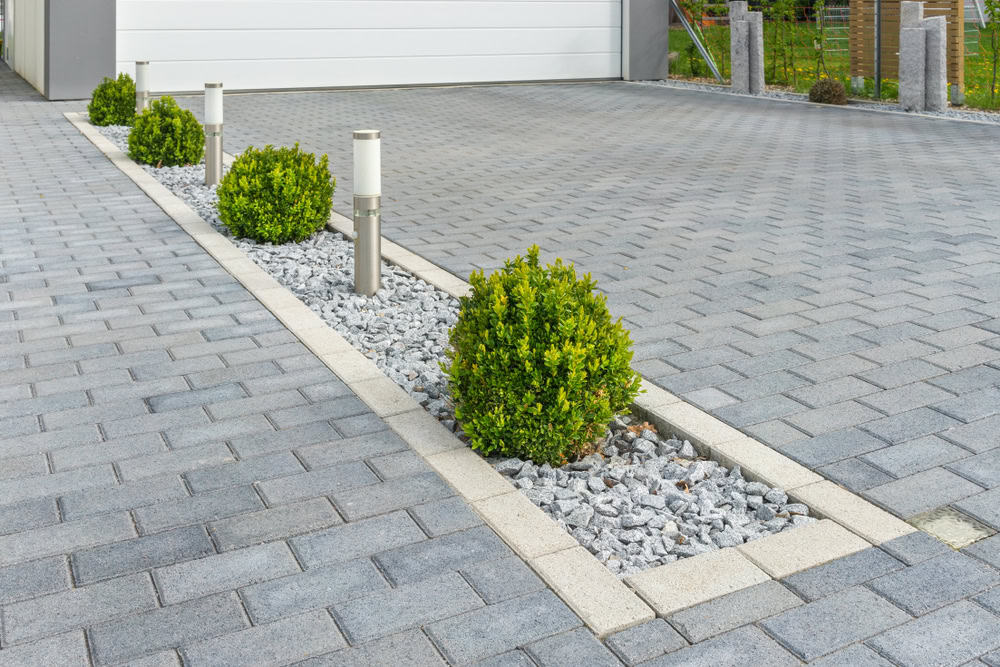Professional paver installation that handles New England weather without the cracks, settling, or constant repairs.


Your outdoor space becomes the part of your home you actually want to use. No more avoiding that uneven patio or explaining away cracked walkways to neighbors.
When pavers are installed correctly with proper base preparation and drainage, they handle freeze-thaw cycles without shifting. You get surfaces that look sharp year after year, not ones that need constant attention every spring.
The right installation means your investment pays off long-term. Your property value increases, your outdoor entertaining options expand, and you stop worrying about whether your hardscaping will hold up through another New England winter.
Academy Masonry has been handling paver installations in Newton Highlands and surrounding areas for years. We understand what works in this climate and what doesn’t.
Most paver failures happen because of poor base preparation or inadequate drainage planning. We’ve seen enough repair jobs to know exactly where other contractors cut corners.
Our approach focuses on the foundation work that you can’t see but makes all the difference in how your pavers perform over time. That’s why our installations stay level and crack-free while others need repairs within a few seasons.

We start with proper excavation and base preparation. This means digging deeper than many contractors bother with and creating a foundation that won’t shift when the ground freezes and thaws.
Next comes the base material installation with proper compaction at each layer. We’re not rushing this part because it determines whether your pavers stay level for decades or start shifting within two years.
The actual paver installation happens methodically with attention to drainage slope and joint spacing. We finish with edge restraints that actually hold everything in place and proper joint sand that won’t wash away with the first heavy rain.

Ready to get started?
Every paver installation includes proper excavation to the depth your specific soil conditions require. We don’t use the same depth for every job because every site is different.
You get base material that’s appropriate for New England freeze-thaw cycles, installed in lifts and compacted properly at each stage. This isn’t where we save time or money because it’s what prevents future problems.
The installation includes edge restraints that actually work, proper drainage planning to prevent water issues, and joint sand that stays in place. We clean up completely and walk you through basic maintenance so your investment lasts.
